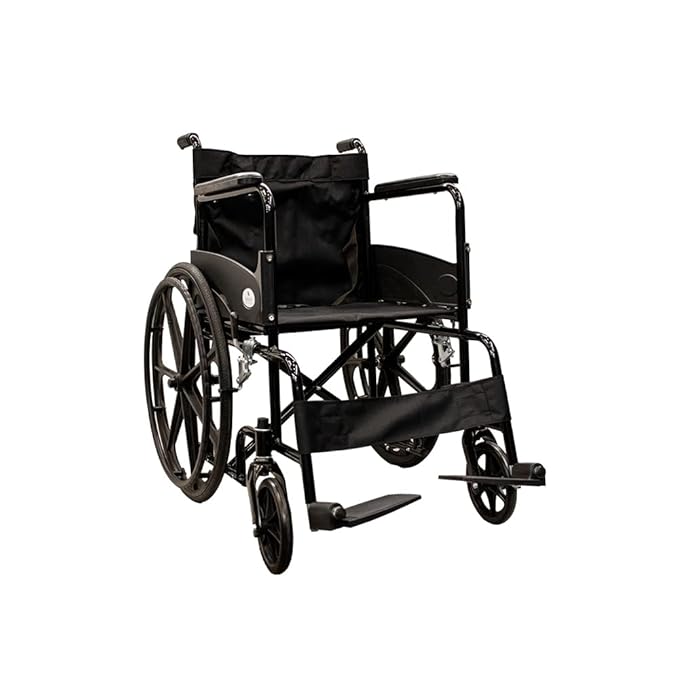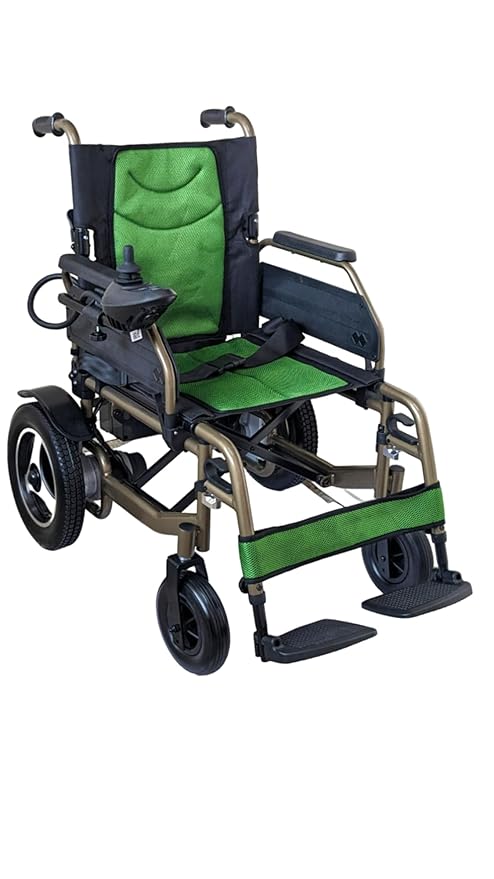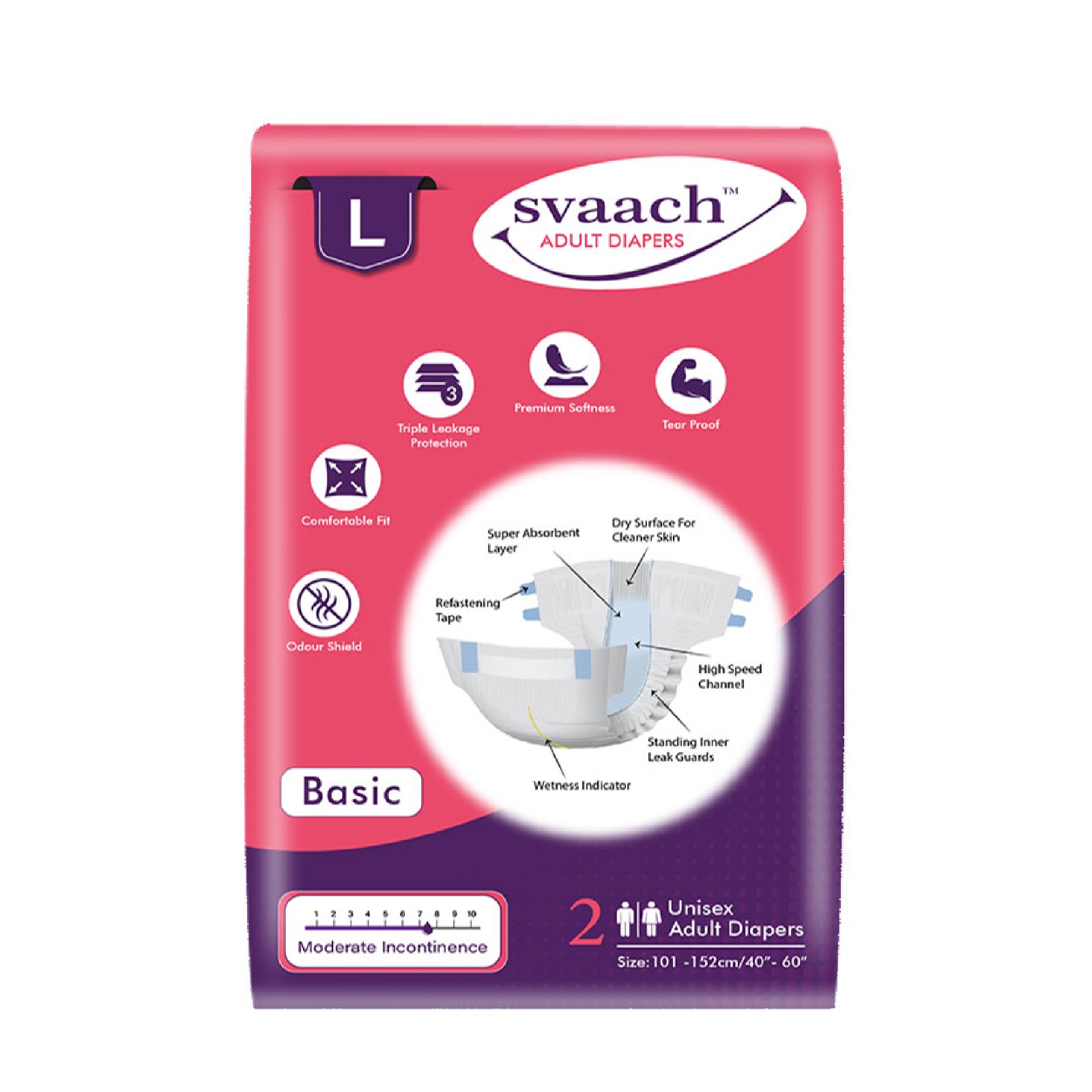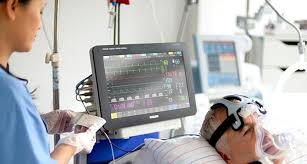A skin cyst is a common condition that affects many people in Singapore. It is a sac-like growth containing fluid or semisolid material and is usually found beneath the skin. Although skin cysts are generally harmless, they can sometimes become painful, inflamed, or infected. In such cases, cyst removal surgery may be recommended.
In Singapore, skin cyst removal surgery is a standard procedure that a dermatologist or plastic surgeon typically performs. The surgery involves making a small incision in the skin and removing the cyst and its contents. The incision is then closed with stitches or left open to heal.
Preparing for the surgery
Before the surgery, the patient will undergo a physical examination and a medical history review to determine if they are a good candidate for the procedure. They may also need to undergo some tests to ensure they are healthy enough to undergo the surgery.
Same–day surgery
Skin cyst removal surgery is usually performed on an outpatient basis, meaning the patient can go home on the same day. The surgery is typically done under local anesthesia, meaning the patient will be awake but not feel any pain. In some cases, general anesthesia may be used if the cyst is large or the patient is anxious about the procedure.
What is the procedure for cyst removal?
During the surgery, the surgeon will make a small incision in the skin and remove the cyst and its contents. They will then close the incision with stitches or leave it open to heal. The entire procedure usually takes less than an hour to complete.
Are there any side effects?
After the surgery, the patient may experience pain, swelling, and redness in the area where the cyst was removed. They may also need to wear a bandage or dressing over the incision site for a few days to protect it from infection.
The recovery period after the surgery
In most cases, patients can return to normal activities within a few days after the surgery. However, they should avoid strenuous activities and heavy lifting for a few weeks to ensure the incision site heals properly.
What are the costs of the surgery?
The cost of skin cyst removal surgery in Singapore can vary depending on the size and location of the cyst, as well as the experience of the surgeon. However, it is usually covered by insurance if the cyst is causing discomfort or affecting the patient’s quality of life.
Chances of recurrence
It is important to note that skin cysts can sometimes recur after surgery. To minimize the risk of recurrence, patients should practice good hygiene and avoid picking or squeezing the affected area.
Follow-up care
After the surgery, the patient will need to follow specific instructions from the surgeon for proper wound care and monitoring. They may also need to attend follow-up appointments to ensure the incision site is healing correctly.
Risks and complications
As with any surgery, there are risks and potential complications associated with skin cyst removal. These can include bleeding, infection, scarring, and nerve damage. It is essential to discuss these risks with the surgeon before the procedure.
Alternatives to surgery
In some cases, skin cysts can be treated with other methods such as antibiotics, corticosteroid injections, or drainage. However, these options may not be effective for all types of cysts, and surgery may be the best option.
Choosing a Surgeon
When choosing a surgeon for skin cyst removal surgery, it is important to consider their experience, qualifications, and track record of successful procedures. Patients can research and read reviews from other patients or seek recommendations from their primary care physician.
Emotional considerations
While skin cysts are often harmless, they can still cause emotional distress for some patients, especially if they are located in a visible area or have grown significantly. It is essential to address any emotional concerns with the surgeon and seek support from family and friends.
In some cases, the cyst may be cancerous or pre-cancerous. If this is the case, the surgeon may need to remove the surrounding tissue to ensure that all the cancerous cells are removed. In such cases, the patient may need further treatment, such as chemotherapy or radiation therapy.





























